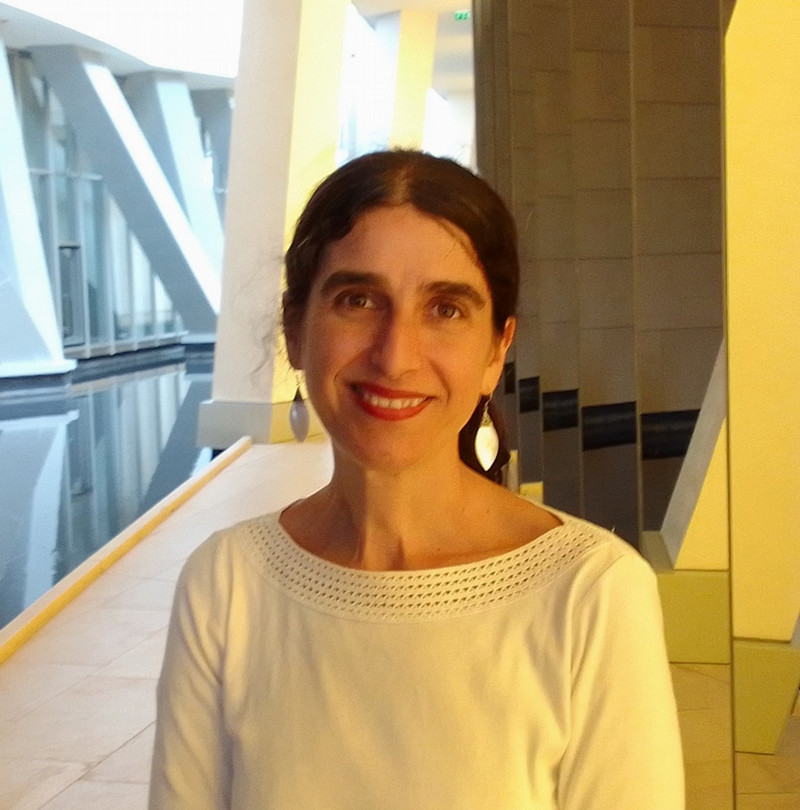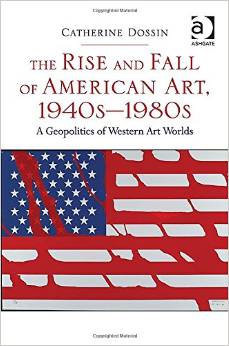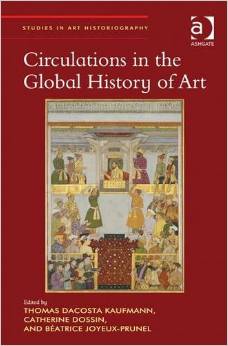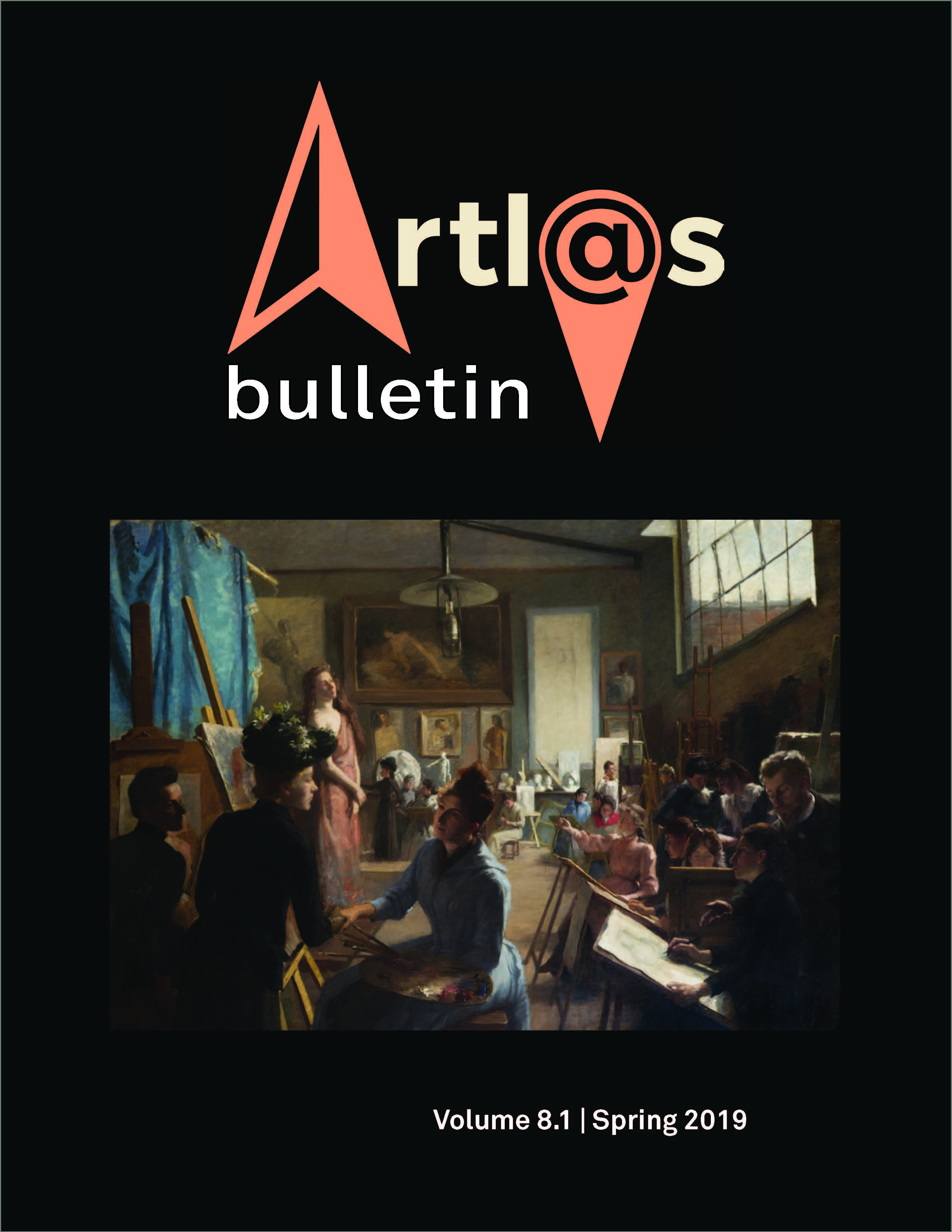
Catherine Dossin
- Associate Professor // Art and Design // Rueff School
- Associate Professor // Art History // Rueff School
- Associate Professor // Comparative Literature // SLC
- Associate Professor // Cornerstone
- Affiliated Faculty // Women's Gender and Sexuality Studies // SIS
- Affiliated Faculty // Latin American Studies // SIS
Office and Contact
Room: PAO 3157
Office hours: TTH 3-4pm
Email: cdossin@purdue.edu
Phone: (765) 494-6469
Fax: (765) 496-2076
Ph.D., The University of Texas, Austin.
M.A., Université Paris IV-Sorbonne
Specialization
19th and 20th-century American and European Art, Transatlantic Exchanges, and Artistic Circulations
Catherine Dossin is Associate Professor of Art History at Purdue University and Editor of the Artl@s Bulletin.
Originally from France, she received a Master’s degree from the Sorbonne and a Ph.D. from the University of Texas at Austin.
She is the author of The Rise and Fall of American Art, 1940s-1980s: A Geopolitics of Western Art Worlds (Routledge, 2015), the co-editor with Thomas DaCosta Kaufmann and Béatrice Joyeux-Prunel of Circulations in the Global History of Art (Routledge, 2015), the co-author with Lynn Boland of Louise Blair Daura: A Virginian in Paris (University of Georgia, 2017), and the editor of France and the Visual Arts since 1945: Remapping European Postwar and Contemporary Art (Bloomsbury, 2018).
She is currently working on a book project tentatively entitled French Images of America in the Age of Revolutions, 1760s-1820s: The Visual and Global History of a Colonial Mirage.
At Purdue University, she teaches courses on Western Modern and Contemporary Art, Latin American Art, Women Artists, and Global Art.
 |
 |
 |
 |